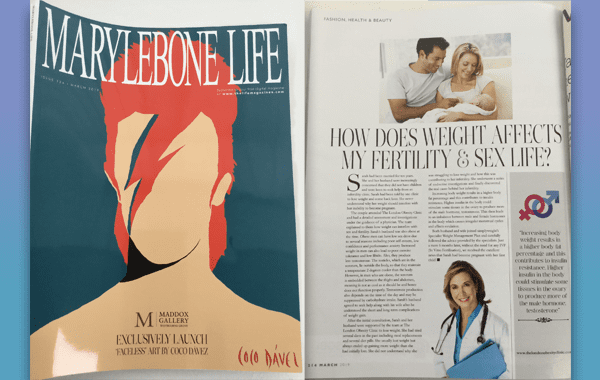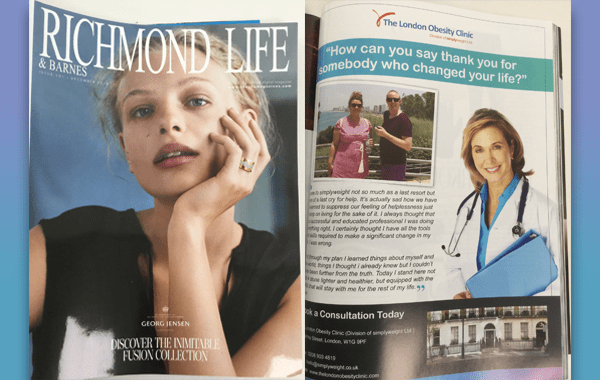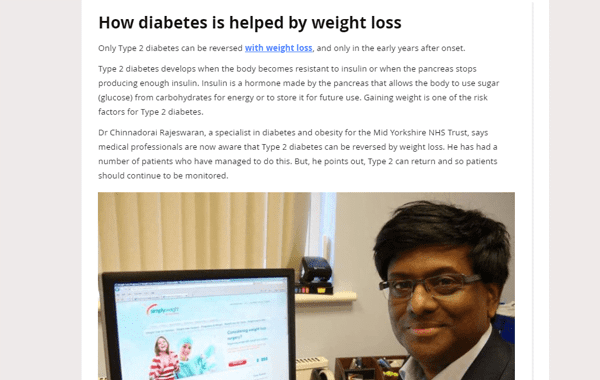The way premenstrual syndrome manifests in women can be subjective. Instead of blaming our mood on the hormones. There is something beautiful and magical to understand in the way a woman’s body works. There is a tender interrelationship between the food we need to consume, our mood and physical activity based on the body’s requirements during specific phases of the menstrual cycle. This is called cycle syncing.
Gone are the days, when you consumed certain food for a healthy menstrual cycle. Now scientific evidence suggests consuming specific food and food groups for each of the phases of the menstrual cycle.
What are the phases of the menstrual cycle ?
The hormonal shifts which take place during these distinct phases, can decide the mood, appetite, energy levels, self confidence levels etc. The oestrogen and progesterone levels rise and fall during the phases.
The phases of the menstrual cycle are –
- Early follicular phase (menstrual phase) – Day 1 to day 5 of the menstrual cycle, marks the early follicular phase. Low oestrogen and progesterone levels are characteristic features of this phase. This is also called the menstrual phase.
- Late follicular phase – The follicular phase lasts for a period of 13 to 14 days. The hormones released by the pituitary gland, stimulates the follicles on the ovary. A single follicle matures into an egg. There is the simultaneous thickening of the uterus in preparation for pregnancy. This phase also marks 14 – 26 hours prior to the start of ovulation. Oestrogen is higher than in the other phases but Progesterone is still lower than the previous late follicular phase of the cycle.
- Ovulatory phase – Luteinising hormone tests positive. This phase is characterised by the release of an ovum from the fallopian tube to the uterus. The released egg survives for 24 hours till the sperm reaches it to fertilise. The prime ovulation period is 16 to 32 hours. The prime period for pregnancy is 5 days prior to the start of ovulation to the exact day of ovulation.
- Luteal phase – The luteal phase lasts till the commencement of the next menstrual cycle. The corpus luteum is formed which secretes hormones – predominantly progesterone. This hormone prepares the body for pregnancy. If pregnancy fails to happen, the corpus luteum gets dissolved and the hormone levels fall, instigating a new menstrual cycle.
Common menstrual issues
- Premenstrual syndrome – A broad range of symptoms or side effects, usually manifested as physical and psychological symptoms like irritability, mood swings, fatigue etc.
- Dysmenorrhoea – Painful periods since there is pressure on the uterus to extricate the blood.
- Heavy menstrual bleeding or menorrhagia – Heavy bleeding which occurs for longer than the expected menstrual days.
- Amenorrhoea – The lack of a menstrual cycle for a prolonged period of time.
- Metrorrhagia – Bleeding at irregular intervals during expected time period of menstrual cycle.
- Oligomenorrhea – Infrequent menstruation.
- Hypomenorrhea – Light periods or menstruation.
All about cycle syncing
The knack of getting your menstrual cycle in control requires a good understanding of what your body demands during each phase.
Cycle syncing is the art and practice of organising your daily activities, physical activity and food habits to suit the current phase of the menstrual cycle you are in. This helps reduce mood swings and improve energy levels.
However, the hormone cycle varies from individual to individual. Simultaneously, nutrition requirements can be determined by other factors like genetics, personal preferences, physical activity level etc.
A 28 day menstrual cycle beautifully signifies the 4 seasons of the year.
Phase 1 – Menstrual phase (winter – Days 1 to 4)
| Mood and energy | Tiredness, bloating, mood swings, pain, bloating, cramping, agony, and feeling secluded without the urge to socialise. |
| Diet | Consume iron rich food like green leafy vegetables, organ meat, horse gram, lentils and pulses etc. Vitamin C rich food like citrus, capsicum, tomatoes, berries, amla etc. Complementing iron rich food with vitamin C rich food can help increase iron absorption. Anti inflammatory food such as turmeric, cinnamon, ginger etc. can help reduce inflammation in the body. |
| Exercise | Low impact exercises like yoga, meditation, walking can help alleviate period cramps and associated symptoms. |
| Characteristic features | Oestrogen and progesterone are decreasing, instigating the initiation of the menstrual cycle. Constipation is commonly observed 2-3 days prior to the start of your period. |
| Cycle syncing | This is the best time to do an introspection. Journaling can help you get in close touch with your intuitions. Your intuitions are very strong during this phase. Creating a vision board can be a natural process since your left and right brain is connected. Rest and rejuvenation must be of utmost priority. Have a nice hot bath. Have hot and comforting meals. |
Phase 2 – Follicular phase (spring – Days 4 to 14)
| Mood and energy | Energy levels start to rise and you may begin to feel strong and confident again |
| Diet | Ensure you focus on good quality proteins such as lean meat, chicken, fish, eggs, milk, paneer, lentils and pulses etc. Cruciferous vegetables like broccoli, cabbage, cauliflower etc. can help in detoxification of the body. Vitamin E rich food like sweet potato, almonds, olive oil etc. can help support the growth of the follicles. |
| Exercise | This is the prime phase for fat loss You can try workouts of higher intensity such as HIIT, weight lifting etc. |
| Characteristic features | The hormones like the follicular stimulating hormones are slowly rising as the body is preparing for an egg to be released. Oestrogen supports the endometrial lining to form in the uterus. The body may be insulin sensitive, consumption of a slightly higher intake of carbohydrates may be helpful to support the body with energy. |
| Cycle syncing | This is the phase to perform. Your desire to socialise is high. You may feel recharged, relaxed, curious and creative. You can take up new work or tasks. You can tick off the list of goals you had put down in the menstrual phase. You can make positive changes and also tackle challenges well. Making hard business decisions can become easy |
Phase 3 – Ovulatory phase (summer – Day 15)
| Mood and energy | Energy levels reach the highest peak. Since this is the fertile window, libido will be high |
| Diet | Stay hydrated – Consume plenty of fluids. Avoid salty and preservative loaded food. Consume plenty of fibre rich food like greens, vegetables, fruits etc. Vitamin B rich foods like eggs, red meat, tuna, nuts and seeds, milk and milk products, liver etc. can help support the release of the ovum. |
| Exercise | You can continue with the same workout routine such as that in the follicular phase. |
| Characteristic features | Oestrogen levels are at peak as the follicle becomes fully mature. Luteinising hormone triggers the release of the ovum. The cervical mucus becomes thinner and wetter to help the sperm reach the egg Fluid retention, nausea, constipation, cramps are common |
| Cycle syncing | Your energy is at its peak. You feel pretty and self confident too! You can have strong negotiations which you have been meaning to ask either at work or with your partner. |
Phase 4 – Luteal phase (autumn day 15 to 28)
| Mood and energy | Energy starts to decrease over the 2 weeks as you start to feel introverted, sluggish and crave cuddles. You may start to feel an energy shift and may feel PMS symptoms. |
| Diet | The body is less insulin sensitive in this period. The carbohydrate content can be reduced in the diet. You may crave salty and fried food, carbohydrate rich food. Increasing good fats like sunflower seeds, sesame seeds, avocado etc. can help serve as a fuel for hormones by increasing progesterone and decreasing oestrogen levels. Magnesium rich food such as dark greens, dark chocolate etc. Omega 3 rich food such as fatty fish or flax seeds etc. can help improve mood. Since your hunger levels are high it is common to crave for a snack. You can choose healthier meal options. |
| Exercise | You can shift to low impact exercises like yoga, body weight exercises or floor exercises. You can consider declining weights used as energy declines. |
| Characteristic features | Failure to fertilise the egg, can result in shedding of the uterine lining. Oestrogen and serotonin levels drop Progesterone levels increase which is thought to be correlated to an increased appetite. |
| Cycle syncing | Take things slow. Do not try anything new. Be compassionate with yourself and be kind to your heart. Avoid any social interaction which may cause emotional disturbance. Devote time to taking care of yourself. Do not take any impulsive decisions or major life changing decisions. Do activities that may make you feel good such as reading your favourite book, playing with your pet or catching up with your friend. |
Pros of cycle syncing
- Improves hormonal health.
- Improves PMS (premenstrual Syndrome).
- Keeps you feeling more energised.
- You have better sleep hygiene.
- Provides useful data to track your fertility cycle.
- Makes you more aware of your body’s changes.
- Helps you be more compassionate to yourself
Cons of cycle syncing
- Cycle syncing is suitable only for women who have a 28 day cycle. But some women have a slightly different cycle which may vary.
- There isn’t enough information regarding the suitability of cycle syncing in women who have prolactinemia, endometriosis, PCOS/PCOD, perimenopause.
- This is not a contraceptive method.
Cycle syncing is a magical tool which can help you understand and synchronise your mood, food and activity as you become aware of your bodily changes. It may or may not suit your lifestyle and activity or if you are experiencing any hormonal issues. Though cycle syncing may be a guide, it cannot be followed blindly. It is necessary to speak to a family physician or your gynaecologist to get your menstrual cycle in control.
Mayuri,
Clinical Dietitian, Simplyweight













